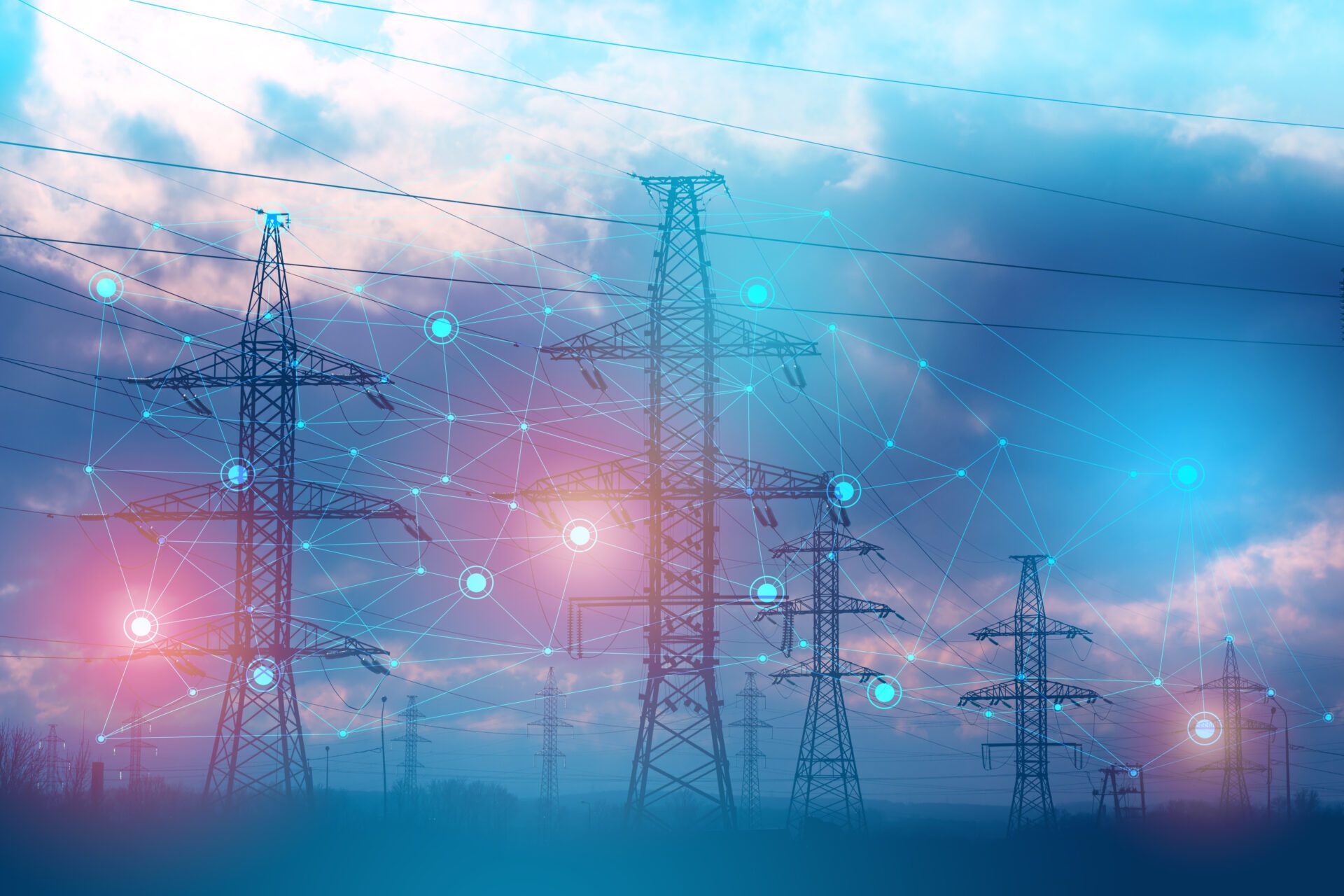As a methodology, electrification efforts have existed for just as long as humanity has had the capacity to generate—and control—their own electricity. From enterprising venture capitalists to equitable programs meant to light the lives of everyone everywhere, electrification continues to spark interest. Today, electrification is a critical aspect of the global decarbonization efforts needed to mitigate the impact of climate change. The electric vehicle (EV) and distributed energy resource (DER) markets have exploded in part to meet rising consumer demand, but have grown exponentially in recent years due to legislation like the HEATR and Inflation Reduction Acts, which incentivizes consumer buy-in and increased production. Based on current legislation, more than half of all car sales are expected to be EVs by 2030.
With these markets continuing to exceed expectations, how will utilities keep up with an electric demand that only promises to increase over time? Let’s take a breath and examine how we got here before we look at where the industry might go next.
The History of Electrification
While there were many scientists and inventors eager to tap into the power of electricity, the War of Currents, between two inventors, entrepreneurs, and, ultimately, rivals, Thomas Edison and Nikolai Tesla, played an integral role in the grid that we know today. The two were split over the use of alternating versus direct current, with pro-direct current Edison eventually losing out to pro-alternating current Tesla. While this led to some rather grotesque displays of power, it eventually yielded the first functional coal-fueled power plant in 1882, which was later expanded by J.P Morgan into the AC/DC grid that we benefit from today.
By 1936, this led to the Rural Electrification Act, which was designed to supply continuous power beyond the scope of urban centers. This act has expanded over time to help residents in rural areas equitably benefit from a robust electrical grid, including amendments to help our country neighbors get access to the WiFi interconnectivity that can enable the deployment of demand flexibility or distributed energy resource programs that rely on the Internet of Things to communicate. But more on that in a moment.
So What is Electrification?
In short, electrification is the process of replacing existing technologies that use fossil fuels like coal, oil, or natural gas with rechargeable green technologies powered exclusively or in part by electricity. While fuel efficiencies have improved over time, fossil fuels are still costly to produce and, more importantly, harmful to the environment because of the carbon emissions that enter the atmosphere when they are burned.
Still, there are reasonable concerns over electrification as a solution, since the majority of energy used to produce electricity is based on fossil fuels. For example, in 2021 approximately 79% of all energy used in the U.S. was produced from fossil fuels. While there is yet debate over the short-term benefits of electrification, research indicates that EVs will improve overall air quality, which can lead to better public health outcomes. Furthermore, electric devices continue to become increasingly more sophisticated, which will inevitably be cheaper and more efficient. More importantly, electrification efforts present many programmatic opportunities for enterprising electric utilities.
Examples of Electrification
It should come as no surprise that historically, electrification has led to economic stability around the world, which continues today. As such, electrification comes in many forms including, but not limited to:
- Electrified fleets – This includes personal EVs, as well as a growing electrified fleet that will power our supply chain or connect our cities through mass transit in the future.
- Electrified buildings – As the name implies, electric buildings were designed with renewable energy in mind and to minimize the carbon emissions that result from gas heating in the cooler months.
- Distributed energy resources – Per usual, we’re singing the praises of the devices that produce or store energy like solar panels, battery storage, and the EV charging stations needed to fuel the growing EV market.
Now, let’s look at what that means for your electric utility, and how you can meet the rising demand that comes with increased electrification efforts.
How Electrification Impacts the Grid
Since the objectives of electrification are intentionally broad in scope, you likely already know that electrification leads to increased electric demand. Fortunately, the very same devices that complicate the grid are proven resources for strengthening grid resiliency, while lowering energy costs. Let’s look at how these devices can prove as an asset to any utility load management strategy, and other strategies for minimizing load demand.
DERs
As the name suggests, distributed energy resources are a useful and increasingly plentiful opportunity to draw or manage energy usage during peak times. For example, while a distributed energy resource management system (DERMS) has many functions, utilities can use them to form a virtual power plant. A virtual power plant uses a DERMS to control consumer solar assets, tapping into the excess energy generated on hot, sunny days. Likewise, DERMS are critical to optimizing managed charging programs to shift demand away from peak usage.
Demand Flexibility
Another method of managing the increased demand that comes with electrification is through demand flexibility programs like demand response. Demand response is a conservation program that uses smart devices like thermostats or water heaters to control use during peak demand. During high periods of usage, demand response events are called to shut off high energy-consuming appliances like household HVAC units. Through a concerted effort, utilities have used this tactic for decades now, and with the right way to relay information to customers, can persuade program members to participate.
Conclusion: What is Electrification?
While the term electrification was initially used to describe bringing electricity to every corner of the inhabited world, its evolved to include the same process at a granular level: electrifying all the devices that power our lives. Communities around the U.S. are committed to electrifying, and investors are buying in. Electrification promises a net benefit to lowering harmful carbon emissions, and, while it may complicate the grid, it also presents opportunities for utilities to tap into clean energy, lower savings, and bring communities together to strengthen the grid.





